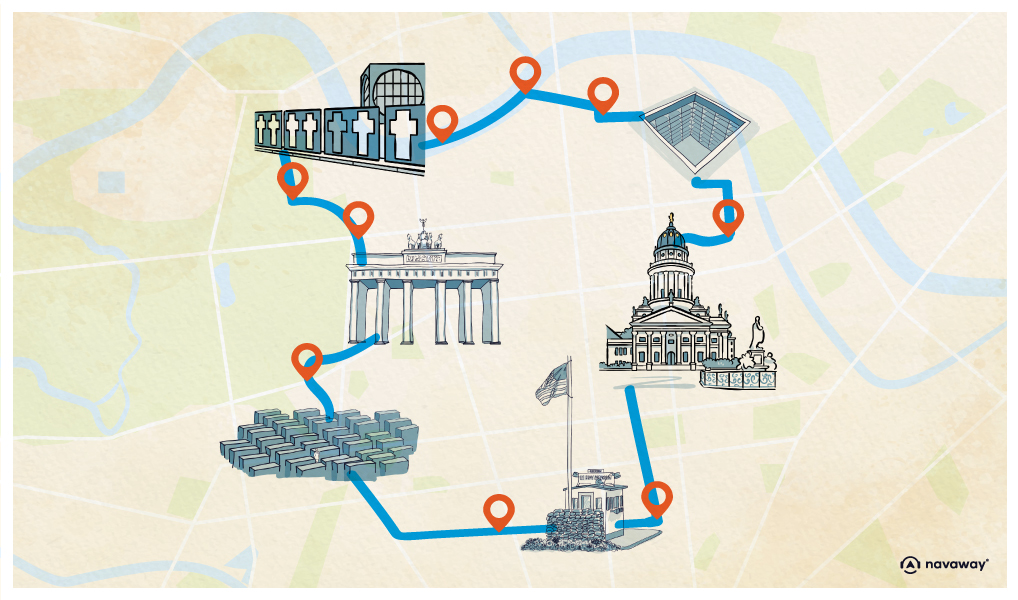
Hitler’s bunker
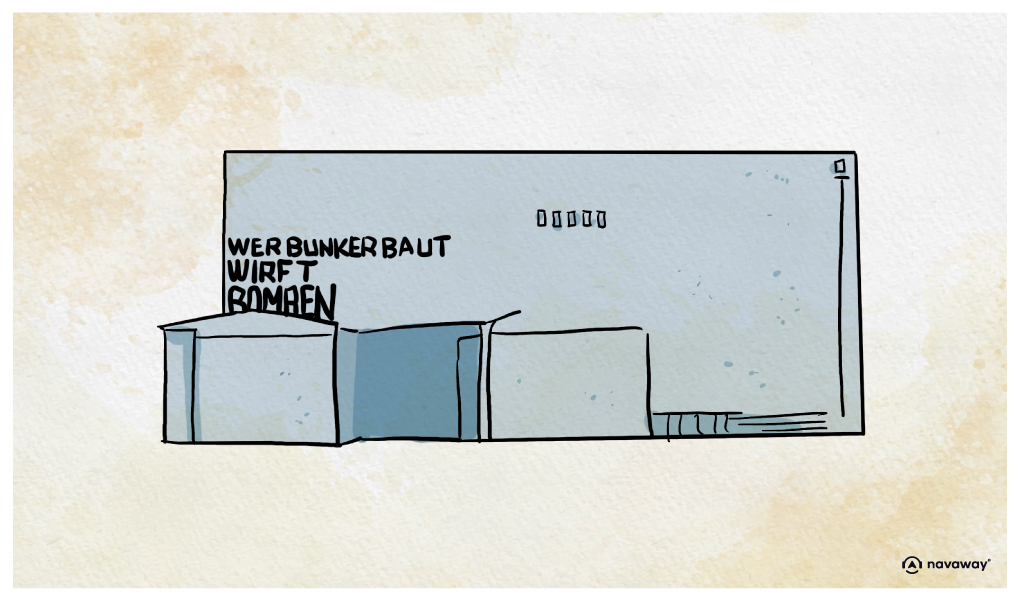
This point of interest is available as audio on the tour: Visit Berlin, On the other side of the wall
Before we learn a little more about the Memorial to the Murdered Jews of Europe, which you can see in front of you, I just wanted to talk a bit about Hitler. Not that I particularly want to talk about him, but you should know that it was here, where you now see the car park on your right, that the dictator died. The reason I mention this is also because the bunker in which he committed suicide on April 30, 1945, has recently been reconstructed about a kilometer from here and transformed into a museum featuring a permanent exhibition titled “Hitler: How Could It Happen?”. The original bunker was demolished and replaced by a parking lot with only a small sign containing some information. The authorities never wanted to make more out of this place, both to avoid reopening the wounds of the German people and out of fear that the site would attract neo-Nazi parades and nostalgic admirers of the Führer. However, after much controversy and concerns about lacking historical accuracy, as well as avoiding the creation of distasteful “dark tourism,” the reconstruction of the bunker finally began. The organisers have declared that Hitler’s supporters have no interest in seeing the site of his defeat and that the museum is anything but a shrine to him. It was designed and put together to make us reflect. How did he become a Nazi? Why did so many people vote for Hitler? How did antisemitism lead to the extermination camps? And why did the generals follow him to the very end? The exhibition concludes with a reconstruction of the offices and the room where the horror finally came to an end.

Discover other tours to visit Berlin

Discover Berlin with app
An interactive guide through the most beautiful streets, squares, and districts
30 fun audioguides full of historical facts, anecdotes, and legends
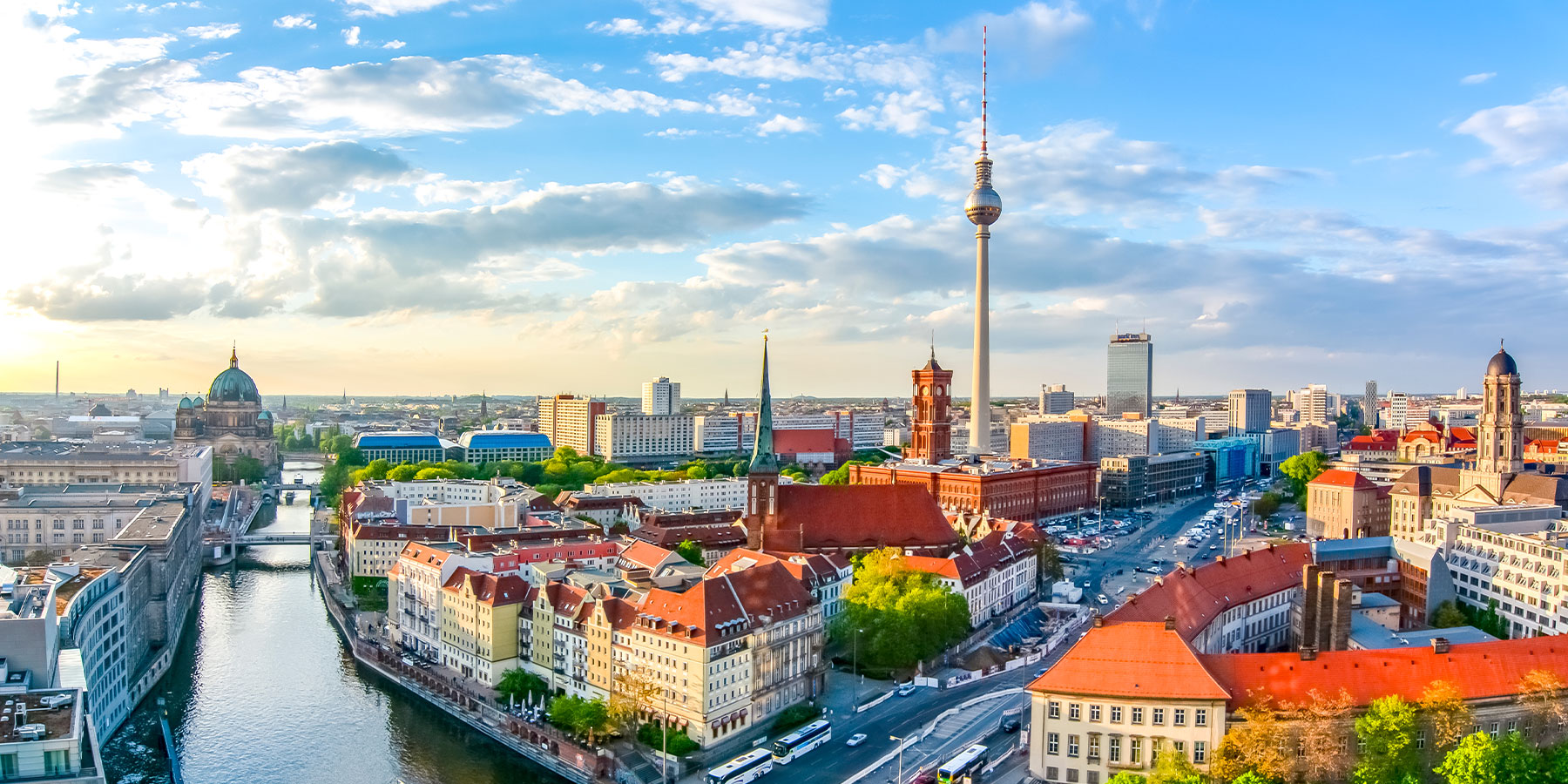
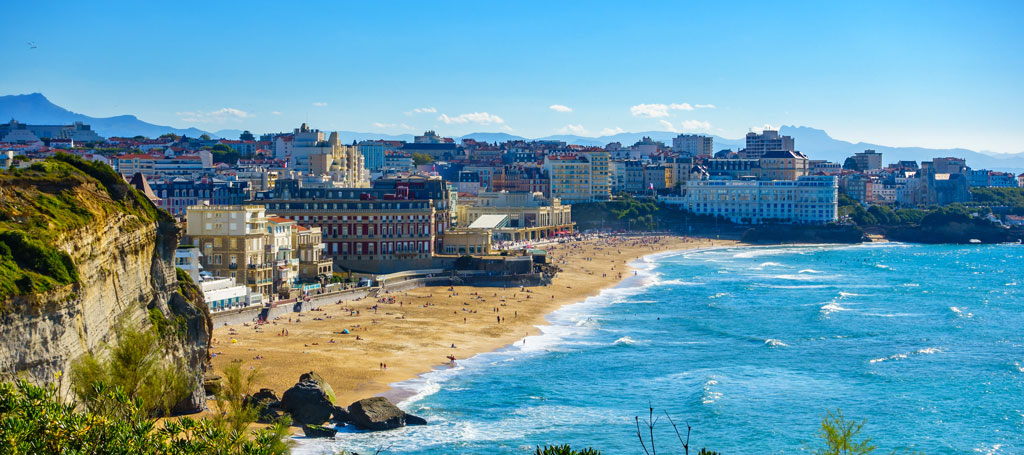
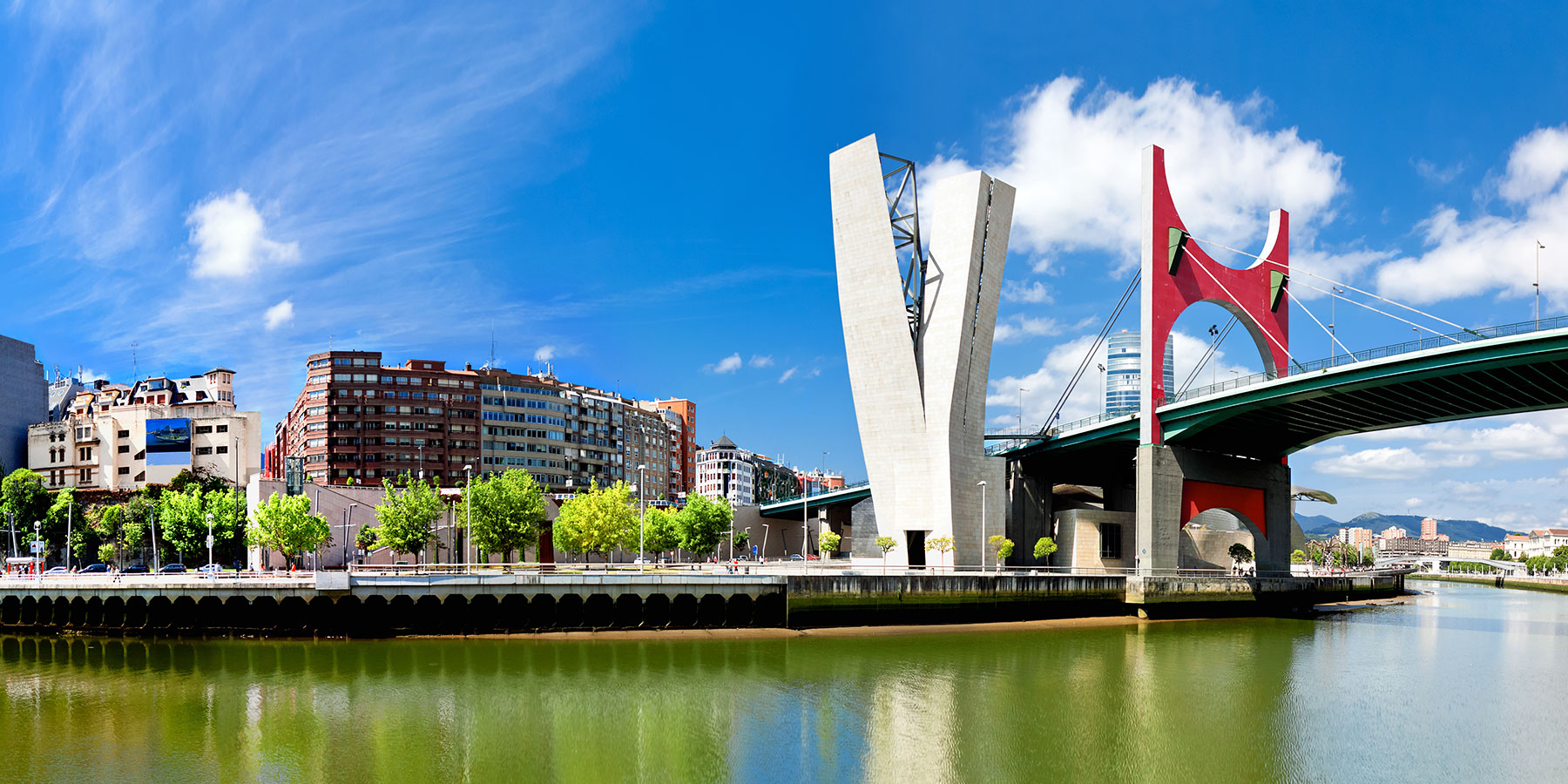
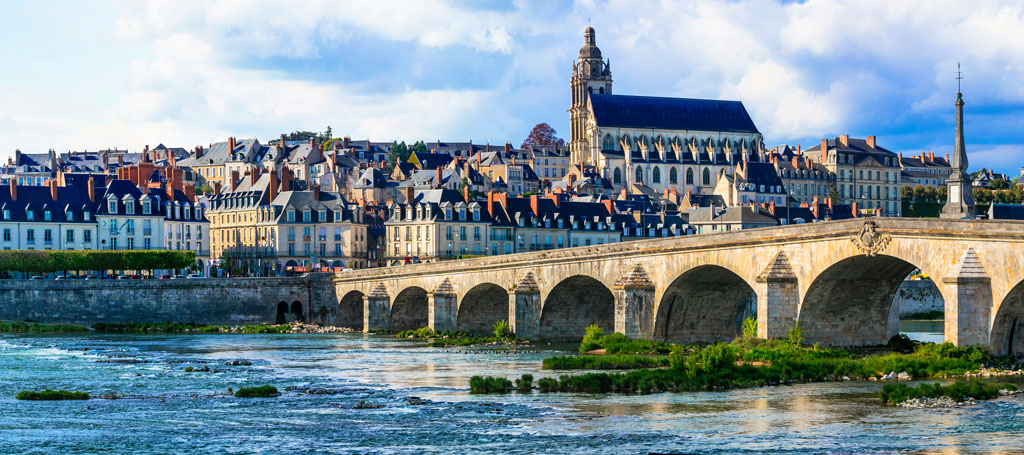


Comments